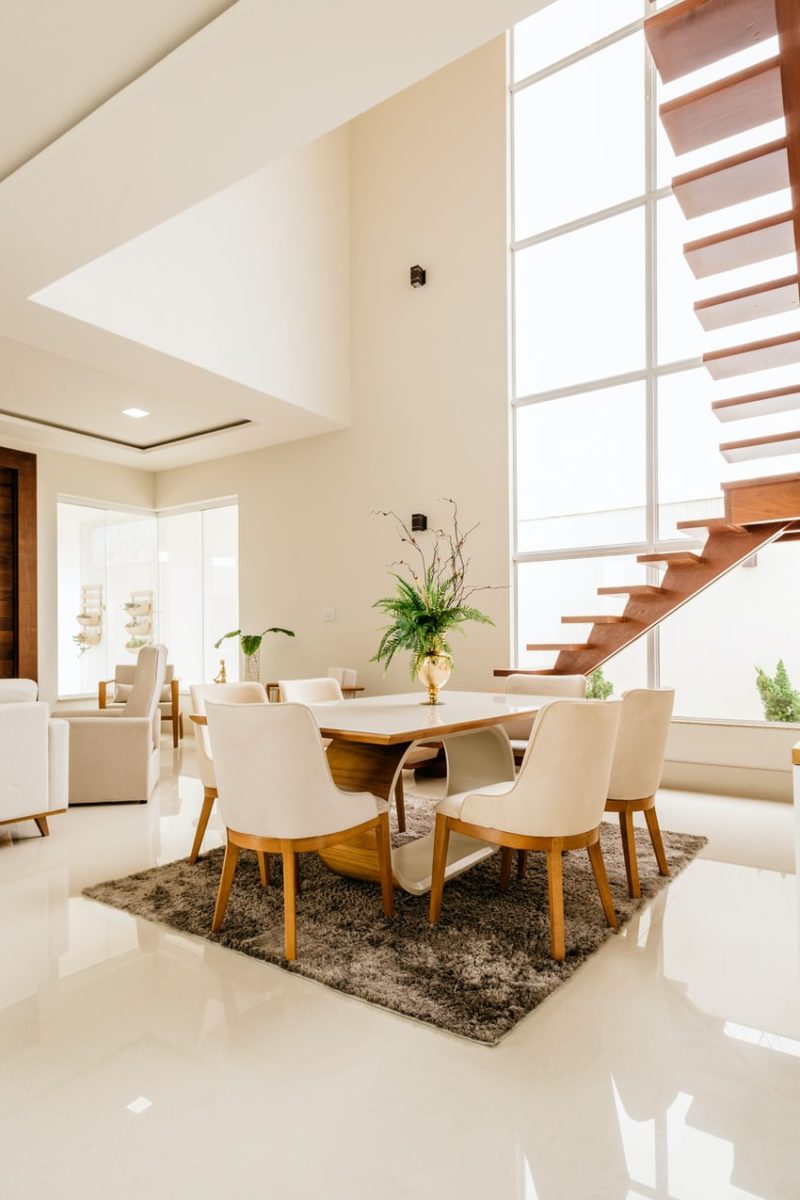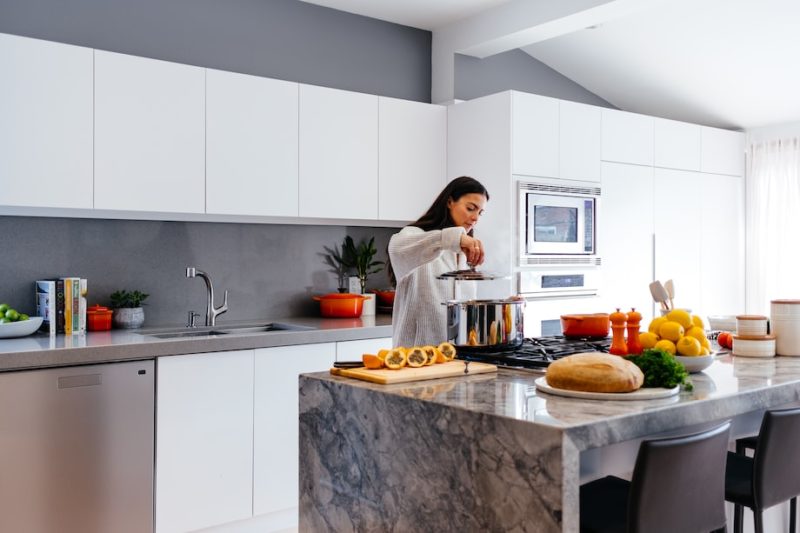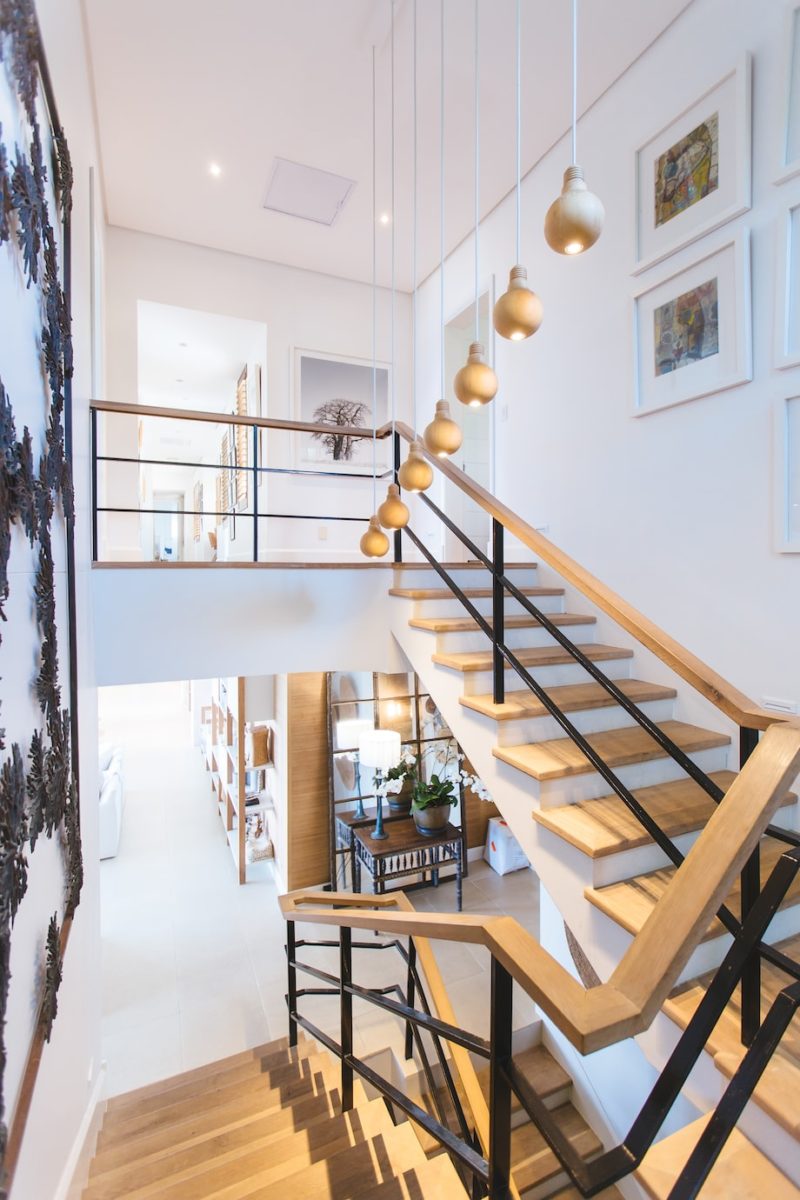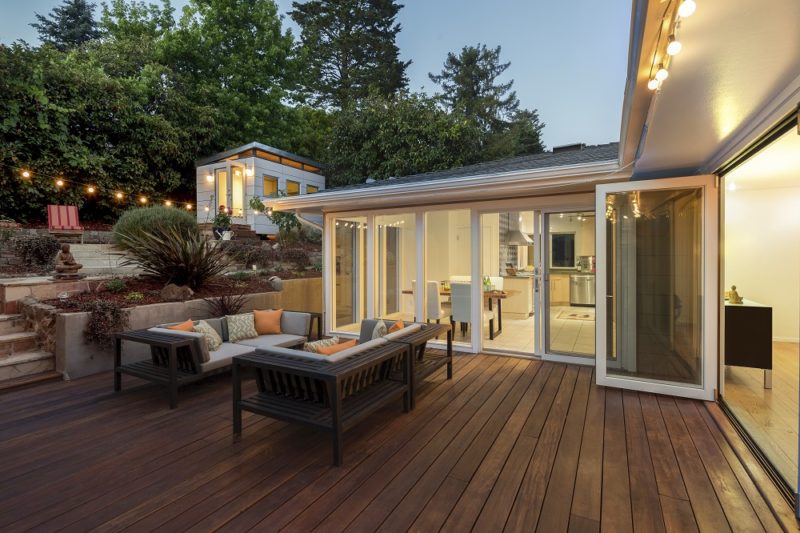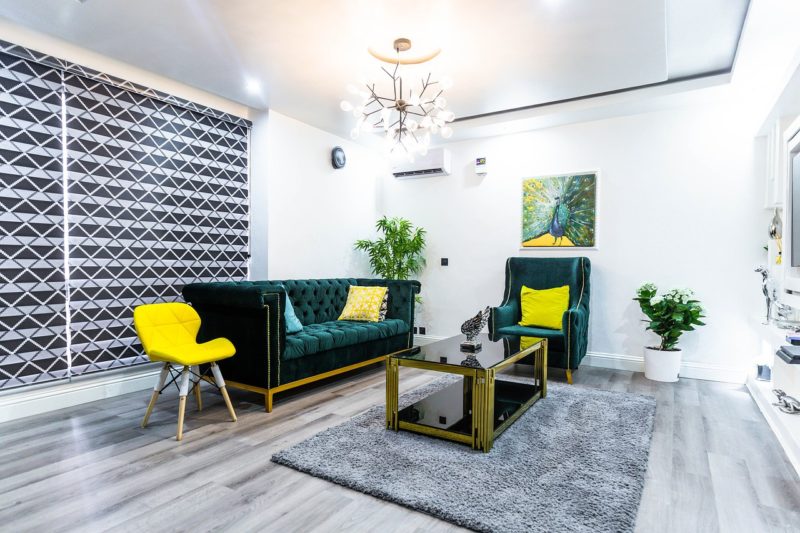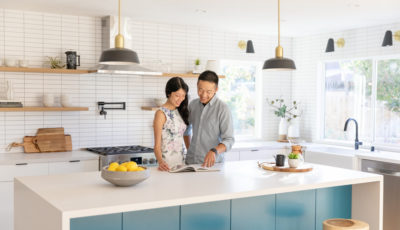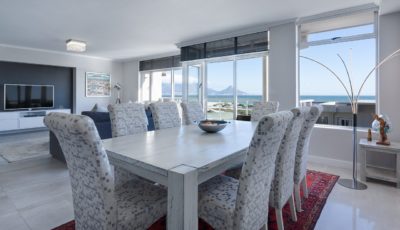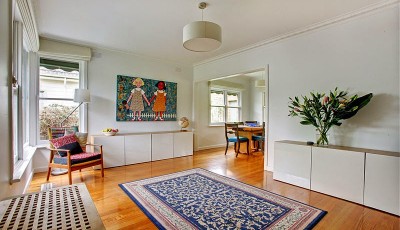Focusing On Floor Plans: What To Consider When Designing The Layout Of Your Custom Home
Building a custom built home is certainly one of life’s most exciting chapters. On top of earning the title of new homeowner, you get to be involved in every step of the process and witness your vision come to life before your very eyes. One of the most important things to consider when building custom build houses is, of course, the design and layout of your space. Ideally, the design of your new home should be centred around your personal needs and lifestyle, to create a space that truly adds value to your life. Sure, you might not be an expert on how to design a house floor plan, but that’s OK, because we’re here to help.
Today, we share 6 factors that every homeowner should consider when designing the layout of your custom home, for a build that is guaranteed to suit your needs for years to come. Read on to find out more!
Take Your Land Into Consideration
Before you can even start to think about designing the layout of your custom home, one of the most important things to consider is your plot of land. A great home is one that is designed and built around the unique properties of your land, and because every plot of land is different, you may find yourself facing a couple of challenges in relation to your layout if you don’t take your foundations into consideration. Generally, the shape and size of your block of land will influence your choice of floor plan. For example, if your plot is narrow and long, a multi-storey dwelling may be the best option to maximise your floor area. On the flipside, if you own a large and spacious plot of land, your options are multiplied tenfold, offering endless possibilities in the layout and structure of your home.
Top Tip: Other land factors to consider include the size, shape, elevation and contour of your block. To ensure that your desired layout is suitable, always get in touch with an experienced builder that will be able to work by your side to build your dream home.
Work Within Your Budget
When it comes to designing your home layout, budget should always remain a primary focus. There is no point in building your dream layout, only to end up with a mortgage that is unmanageable and impractical for your lifestyle. As tempting as it may be to get carried away with all of the bells and whistles, it is vital to work out what design features are important to you and then factor these priorities into your budget. One of the biggest mistakes that new homeowners make when looking at floor plans is overspending for the future, rather than planning for the present moment. Remember – you can always add those finishing touches and upgrades to your home over time. So, focus on what is most important right now, both in terms of lifestyle and budget, when designing the layout of your custom home.
Think About What Is Important To Your Lifestyle
One of the biggest factors to take into consideration when designing the layout of your custom hoe is of course, your lifestyle. Obviously, every homeowner or family will have different lifestyle needs and will use the areas of their home in a variety of ways to accommodate those needs. For example, if you are someone who loves entertaining, you may want to consider an open floor plan that can be a great option for entertaining guests because you can still be a part of a conversation while preparing food in the kitchen. However, if you find yourself on the other end of the spectrum, you might prefer to keep these areas more separate or more formal. Do you want ample garden space to grow organic vegetables? Considering a kitchen island for more counter space? These are the types of questions you need to ask yourself when designing your dream layout.
Key Takeaway: Always consider the lifestyle, hobbies and needs of the whole family when designing elements like the kitchen, lounge, entertaining areas and storage space. The last thing you want is to end up in a home that looks amazing but is completely impractical!
Single Storey VS Multi-Storey
When designing your custom home, you will have the choice between a single or a multi storey home, each of which offer their own pros and cons. In order to figure out what is best for your individual lifestyle and needs, there are a number of factors to consider. For example, if you are looking to maximise floor area on a small plot of land, a multi-storey dwelling is a great way to get more bang for your buck. A multi storey home can also provide much needed separation between your living and sleeping areas, as you can have the kitchen and lounge room on the ground level, with the bedrooms and bathrooms upstairs. However, one thing to think about if you are considering building a multi-storey custom home is accessibility. If you have small children or elderly family members, climbing up and down stairs everyday may not be practical. Stairs can also be difficult to clean and it can be hard getting furniture up and down them.
In terms of a single-storey home, one of the main benefits of this type of layout is ease of accessibility for children, the elderly, pets and furniture. There is also complete freedom of design with single-storey homes, which is not necessarily possible in a multi storey dwelling. However, one thing to note when building a single storey home is that if you want a big interior space, you may be sacrificing some garden or garage space to accommodate your needs. This is not a problem if you own a big block of land, but may prove to me an issue if you are on a smaller residential block. Thus, assessing your needs carefully is key when choosing the ideal type of layout for your custom home.
Flow Is Key
When designing the layout for your custom home, one of the most important things to consider is the flow of space within your home. ‘Flow’ is key to a comfortable living space and operates in two main ways: the position of rooms and their relation to each other, and the detail of how a room is laid out in terms of doors, windows and furniture. A great way to get a rough idea on whether your design offers sufficient flow is to visualise opening all the doors on the floor plan. Is there a smooth flow and connection between each room/space? If there isn’t and things seem to be cramped or squeezy, it may be time to go back to the drawing board. Don’t forget — flow also applies to how your home connects to external areas such as a patio, backyard or balcony.
Find out more about how you can achieve flow in your home in this article.
Don’t Forget To Factor In Your Furniture
Last but not least, it is vital to take your existing furniture into consideration when designing the layout of your custom home. The last thing you want is to design a space that is too small or large for your sofa, bed or other items of furniture. Unless you are buying everything brand new, we highly recommend measuring your existing furniture before deciding on the final size or layout of your home. This is one small step that will help you not just save a ton of money from having to buy a bunch of new things for your home, but can also help you curate a cosy, inviting and comforting space that isn’t too cramped nor too empty.
Top Tip: When designing your layout with furniture in mind, be sure to follow the 2:3 rule. This means your largest piece of furniture – for example, a sofa or bed – should measure 2:3 of the floor area. Then work your way backwards from there.
And there you have it — some of the most important factors to take into consideration when designing the layout of your custom home. By following the handy advice in this article, you will be well on your way to building the custom home of your dreams.
What are some of your tips and advice when it comes to building and designing a custom home? Be sure to share your ideas and suggestions in the comments section below!


